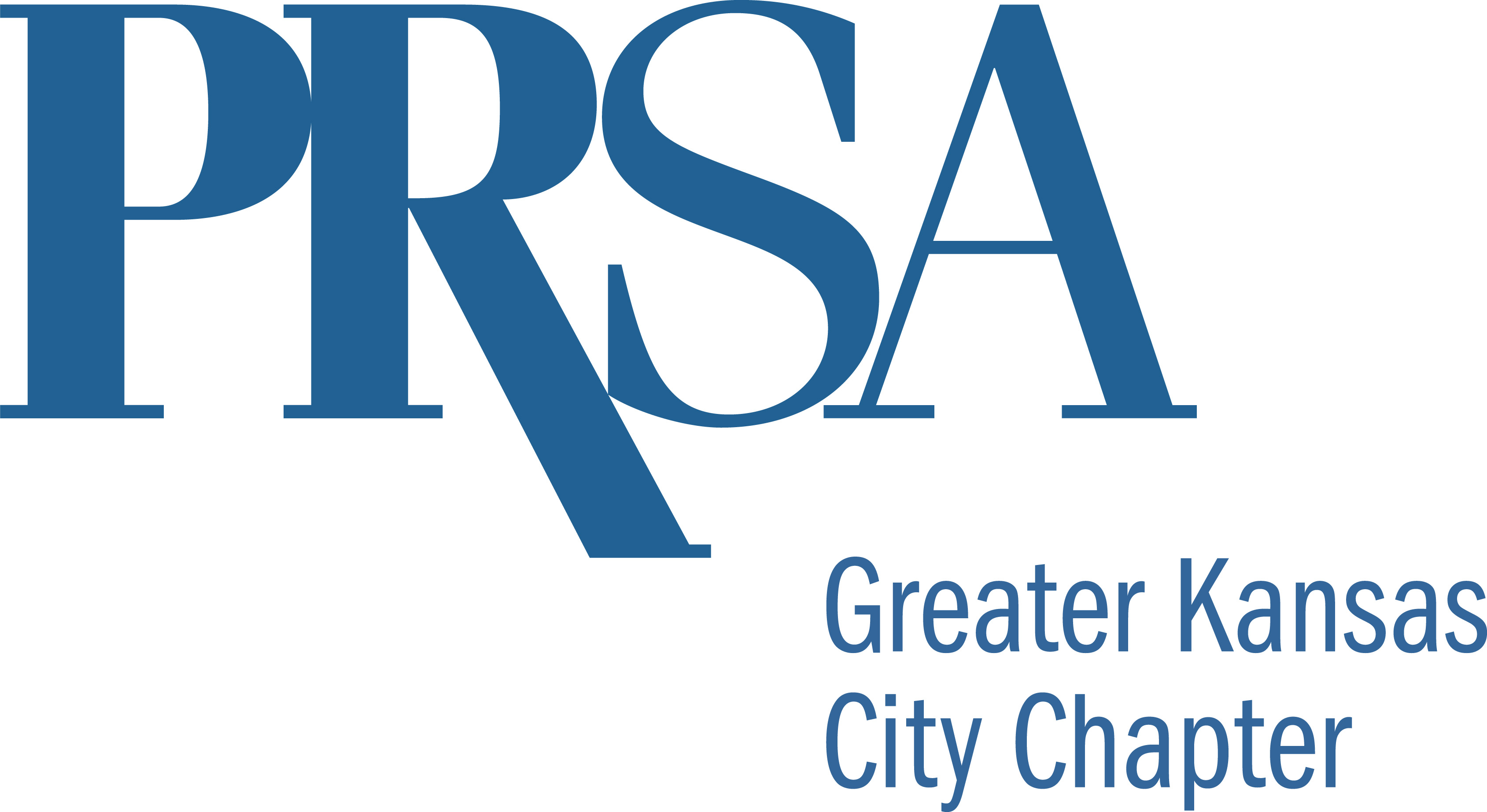Chapter Awards:
Free to submit nominations:
Please use these criteria to nominate a co-worker, manager or other PR professional for one of the following awards.
Nomination Instructions: Nominations in each category should include a professional biography of the nominee and a summary of accomplishments. Letters of recommendation are encouraged. We will request an electronic color photo of the winner.
The Roger Yarrington Public Relations Professional of the Year Award
There are local practitioners who deserve special recognition for their contributions to the public relations profession. If you know someone who meets the following qualifications, please nominate the practitioner for the 2025 Public Relations Professional (PR Pro) of the Year Award:
- Demonstrates superior professional character;
- Exhibits exemplary professional achievement;
- Creates a positive impact on the profession; to the lives of professionals and/or organizations;
- Contributes his/her time and talents to the community; and
- Has earned the respect of peers, co-workers and clients.
- Letters of recommendation are encouraged.
** Nominees for Pro of the Year do not have to be members of GKC- PRSA.
The Debra Peterson Rising Star of the Year Award
The Rising Star of the Year Award recognizes a relative newcomer to the field of public relations for demonstrating execptional leadership and professional achievements during their initial years in the profession. The Rising Star demonstrates:
- emerging leadership and outstanding achievements in PR
- a good grasp of PR strategies and tactics
- contributions to the community, the PR profession, and their employer / clients
- traits and qualities that distinguish the nominee and their accomplishments, such as business savvy or creativity
All PR profssionals who have been in full-time practice for 5 years or less (began full-time practice July 1, 2020 or later) are eligible (this period excludes internships and part-time employment while working on a degree). Include these in the entry:
- bio / resume / background
- accomplishments
- activities outside work
Letters of recommendation are encouraged.
** Nominees for Rising Star of the Year do not have to be members of GKC-PRSA.
The Bill DeLay Award for Distinguished Service to GKC-PRSA
GKC-PRSA relies on members’ participation and volunteerism to achieve its goals. The chapter created the GKC-PRSA Service Award to recognize these efforts. If you know someone who meets the following qualifications, please nominate them for the 2025 GKC-PRSA Service Award:
- Is a GKC-PRSA chapter member in good standing;
- Exhibits exemplary volunteer efforts on behalf of the chapter;
- Demonstrates participation exceeding the status quo; and
- Displays a strong presence in the public relations profession and marketing community.
- Letters of recommendation are encouraged.
The Public Relations (PR Team) of the Year Award
GKC-PRSA will recognize a PR and/or communications team that deserves special recognition for its achievements during the past year. This team can be a PR agency, internal PR group or collaboration. Include team members, and accomplishments. Letters of recommendation stating why the team deserves the honor are encouraged.
For more information or if you have questions, please reach out to Susan Seilnacht at susanlcampbell@hotmail.com or 816-260-8617.
Campaign Categories |
Tactical Categories |
|
The campaign categories recognize complete programs that incorporate sound research, planning, execution and evaluation. Winning entries will reflect the highest standards for strategic thinking, ethical practice, and measurement that is consistent with the Barcelona Principles. Programs from these 12 categories are eligible for consideration as Best in Show. |
Categories 13 through 30 recognize excellence in the tactical elements that contribute to the success of larger public relations campaigns. Though these tactical elements cannot be reasonably held to the same standards as public relations campaigns, winning entries still must demonstrate sound effort in research, planning, implementation and evaluation. |
|
1. Community Relations 2. Reputation/Brand Management 3. Events and Observances 4. Public Service 5. Public Affairs 6. Marketing Products and Services 7. Crisis Communications and Issues Management 8. Internal Communications 9. Investor Relations 10. Multicultural Public Relations 11. Integrated Communications 12. Most Effective Campaign on a Shoestring Budget
|
13. Owned Media (Feature Stories and Editorials/Op-Ed Columns) 14. Podcasts and Webcasts 15. Websites 16. Social Media 17. Blogs 18. Creative or Unconventional Tactics 19. Press Kits/Media Kits 20. Video 21. Newsletters 22. Brochures 23. Magazines 24. Special Publications 25. Annual Reports 26. Direct Mail/Direct Response 27. Special Projects 28. Infographic 29. Speech Writing/Speeches 30. Photography |


Share